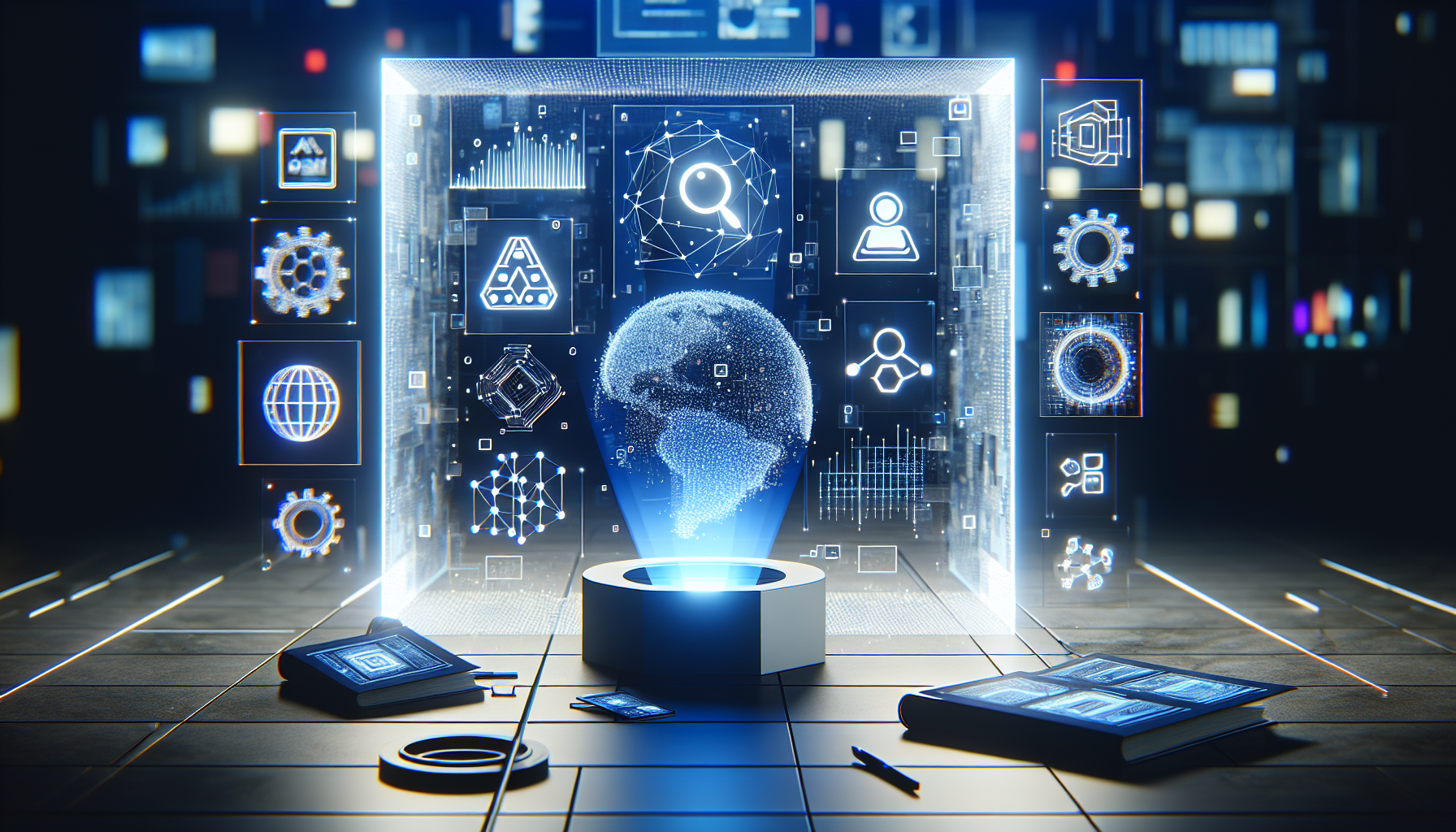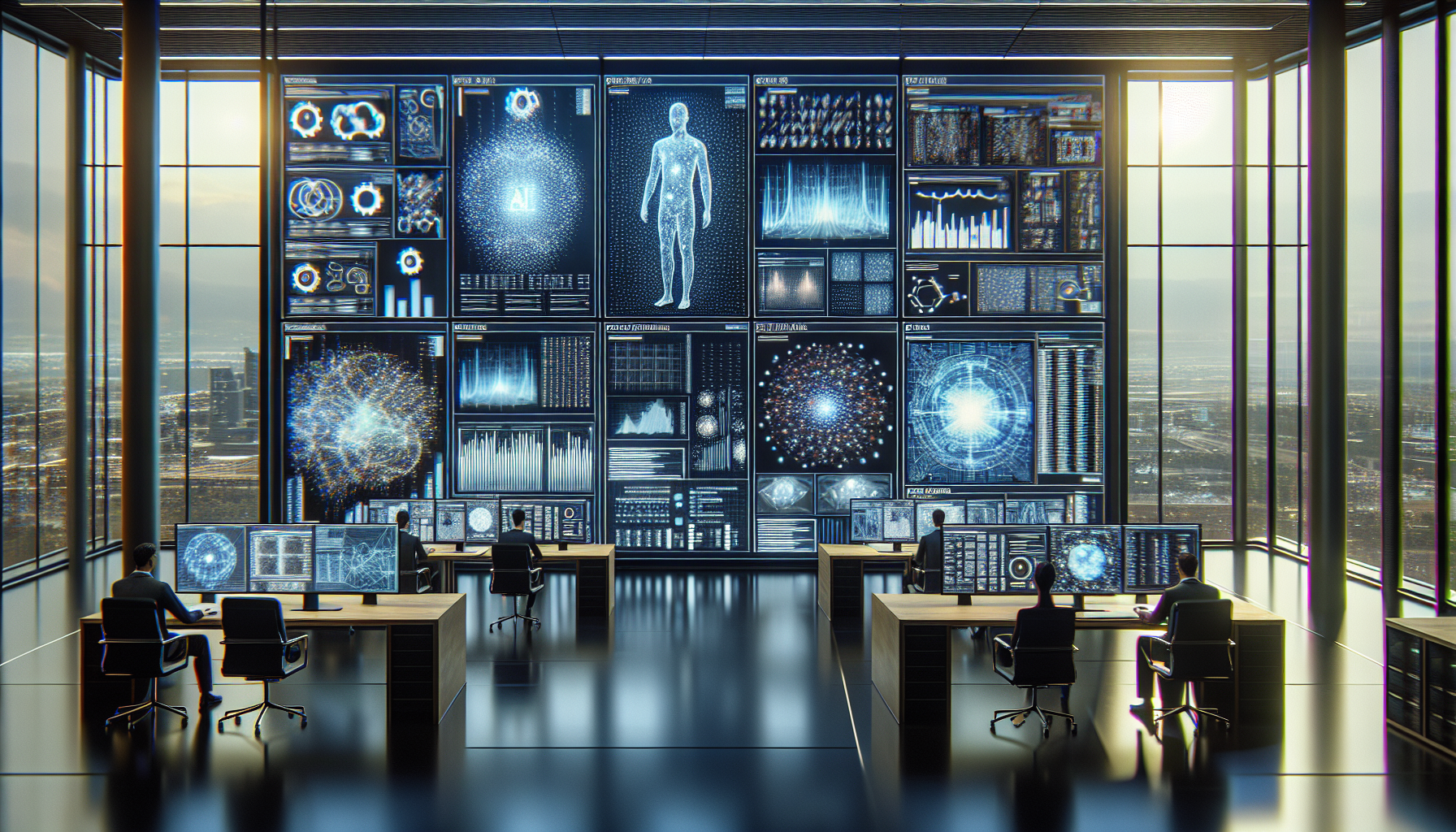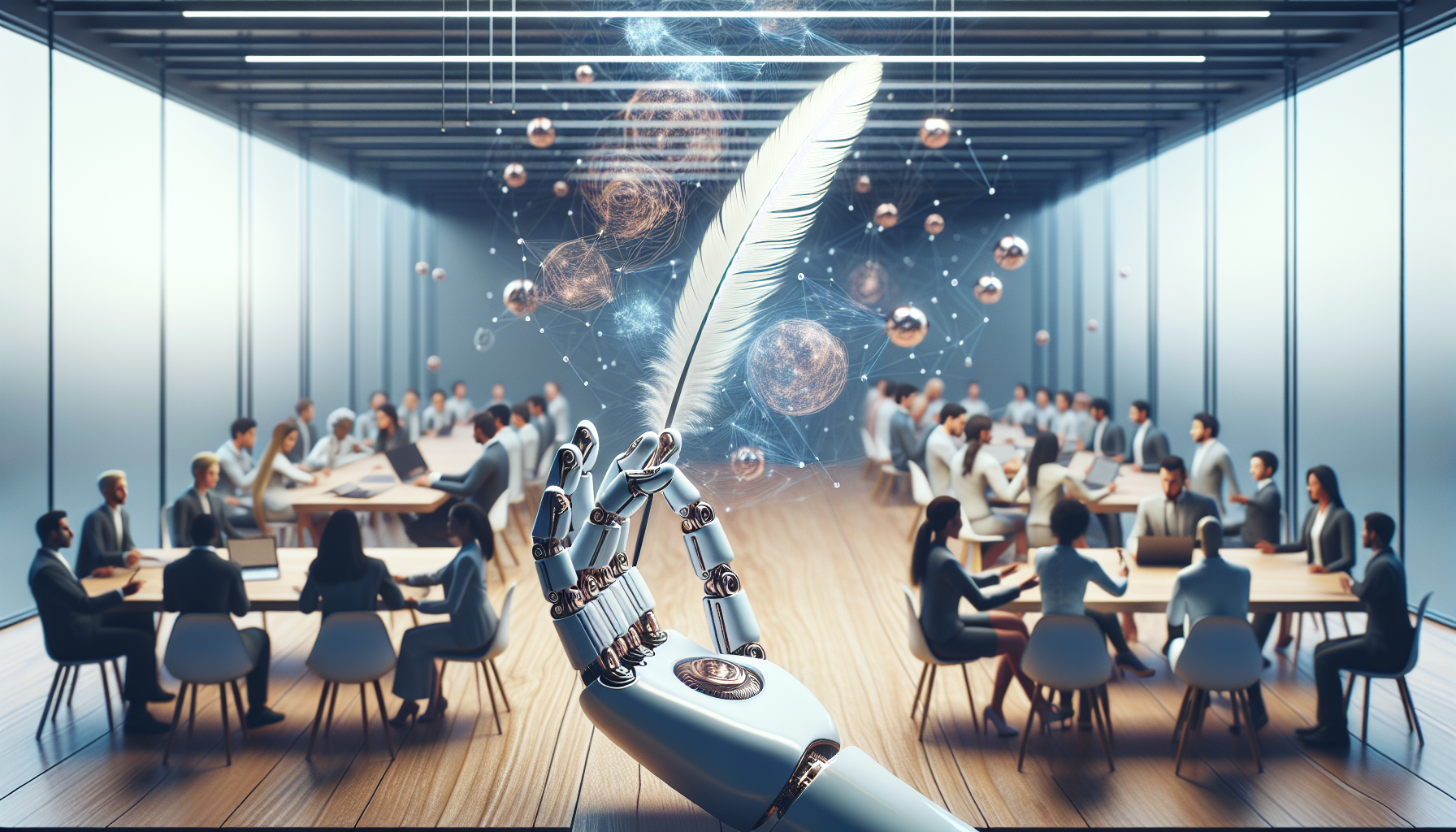
AI and Accessibility: Transforming Lives for People with Disabilities
November 1, 2025
Artificial Intelligence is rapidly reshaping the world as we know it, and nowhere is its impact more profound than in the realm of accessibility for people with disabilities. While much of the conversation around AI often centers on its potential to disrupt industries and redefine job markets, its role in enhancing accessibility is a powerful narrative that deserves more attention. By leveraging the capabilities of AI, we are not just talking about convenience or efficiency; we are addressing fundamental human rights and empowering millions to lead more independent lives.
Consider this: AI-driven solutions are breaking down barriers that have long hindered people with disabilities from accessing the same opportunities as everyone else. From enhanced communication tools to innovative mobility solutions, AI is enabling a more inclusive society. This transformation is not just a trend; it is a movement that is gaining momentum and changing lives in ways that were once thought impossible.
One of the most transformative applications of AI in accessibility is in communication. For individuals with hearing impairments, AI-powered real-time transcription services have become a game-changer. These tools convert spoken language into written text almost instantaneously, allowing deaf or hard-of-hearing individuals to participate in conversations and events without missing a beat. This innovation is particularly beneficial in educational and professional settings, where effective communication is critical.
Similarly, for those with visual impairments, AI is opening up the world in unprecedented ways. AI-driven applications can now describe the environment, read out text, and even recognize faces, providing visually impaired individuals with the information they need to navigate their surroundings safely and independently. Such tools are not merely conveniences; they are essential aids that enhance autonomy and quality of life.
The intersection of AI and mobility is another area where we're witnessing remarkable advancements. Autonomous vehicles, once a sci-fi dream, are now on the horizon as practical solutions for individuals with physical disabilities. These vehicles promise to offer unprecedented freedom, eliminating the need for reliance on public transport or personal drivers. Moreover, AI-driven mobility aids, such as smart wheelchairs that can navigate complex environments, are already making a tangible difference in the daily lives of users.
However, the impact of AI on accessibility is not limited to individual applications. The integration of AI into broader systems and infrastructure is paving the way for a more inclusive society. Smart cities, equipped with AI-powered sensors and data analytics, can create environments that are more responsive to the needs of individuals with disabilities. From adaptive traffic signals that cater to pedestrian needs to AI-enhanced public transport systems that provide real-time accessibility information, the potential for improvement is immense.
It's essential to acknowledge that while these advancements are promising, they are not without challenges. There is a risk that AI solutions could inadvertently reinforce existing biases or create new barriers if not designed with inclusivity in mind. Ensuring that AI technologies are developed ethically, with input from people with disabilities, is crucial to avoid these pitfalls. Inclusivity must be at the core of AI development, not an afterthought.
The growing recognition of AI's role in enhancing accessibility is fostering increased collaboration between tech companies, disability advocates, and policymakers. This collaboration is vital to ensure that the development of AI technologies aligns with the real needs and experiences of people with disabilities. By working together, stakeholders can create a future where accessibility is not just an add-on but a fundamental consideration in all technological advancements.
As we look to the future, the potential for AI to further revolutionize accessibility is immense. The evolving relationship between AI and accessibility is a testament to the power of technology as a force for good. It challenges us to think beyond conventional limitations and imagine a world where everyone, regardless of ability, has the opportunity to participate fully in society.
What if every technological innovation were designed with accessibility in mind from the outset? How might our world look if inclusivity were not just a goal but a standard? These are the questions we need to ask as we continue to explore the possibilities that AI presents. The conversation around AI and accessibility is not just about technology; it is about building a more equitable world for all.


